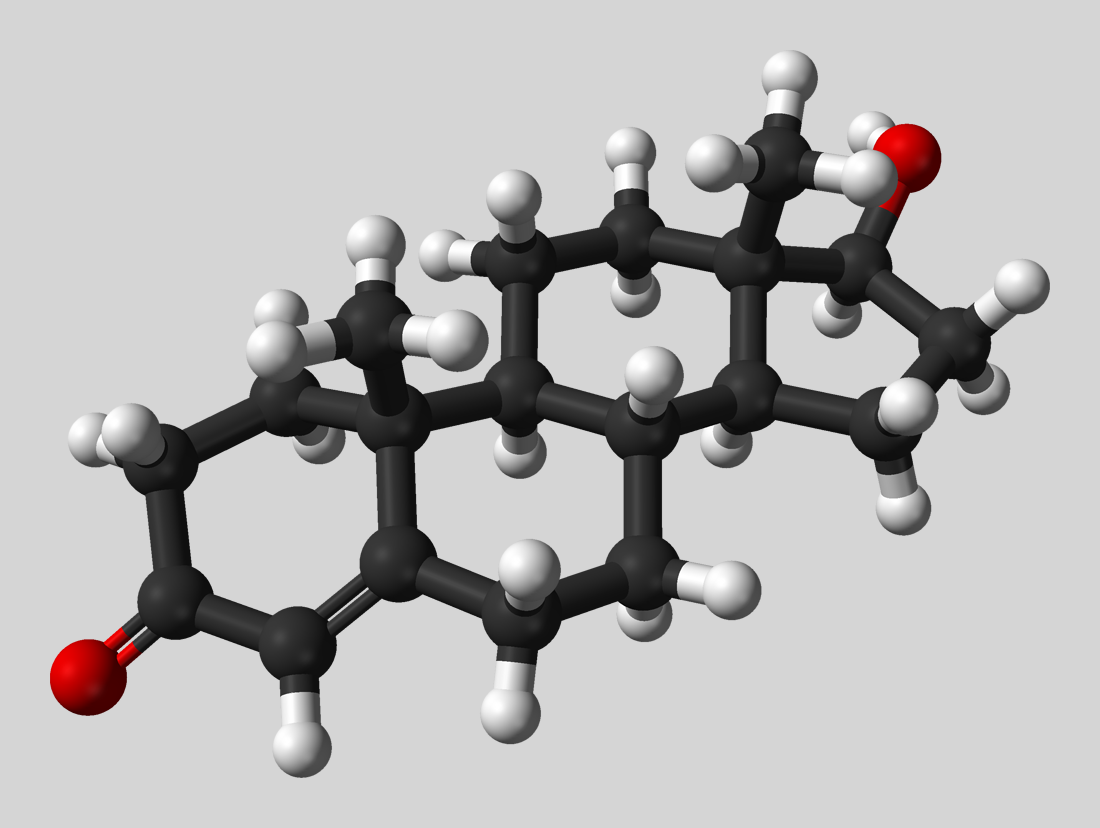The Psirenity Health June fitness challenge is all about cardio! This month we will focus on three different but equally important cardio formats, ideally for your Monday, Wednesday and Saturday cardio workouts. We will cover Zone 2, Low Aerobic work, High Intensity Interval Training (HIIT) and Norwegian 4x4 VO2 Max Training. Any workout can be done on any day.
Next up: High Intensity Interval Training (HIIT)
What is HIIT?
High-Intensity Interval Training (HIIT) involves short bursts of intense activity followed by brief periods of rest or low-intensity exercise. These intervals typically last from 20 seconds to a few minutes and can be adapted to various exercises like running, cycling, or bodyweight movements.
Fitness Benefits
HIIT is highly effective at improving both aerobic and anaerobic fitness. The intense bursts push the cardiovascular system to its limits, increasing heart rate and boosting calorie burn. This format enhances endurance, strength, and speed. It also leads to significant post-exercise calorie burn, known as the “afterburn effect,” where the body continues to burn calories at an elevated rate after the workout.
Health Span and Longevity
HIIT workouts are time-efficient, making them ideal for busy schedules. They can be adapted to any fitness level by adjusting the intensity and duration of intervals. Regular HIIT training improves insulin sensitivity, reduces body fat, and increases muscle mass. These benefits contribute to better metabolic health and a lower risk of chronic diseases, supporting a longer, healthier life.
What Do HIIT Intervals Look Like:
The ideal timing between exercise and rest in a. HIIT workout depends on the specific routine and your fitness level. Typically, HITT workouts consist of short bursts of intense exercise followed by periods of rest or low-intensity recovery. A common radio is a 1:1 or 2:1 work-to-rest radio. For example if you perform 30 seconds of intense exercise, you would follow it with 30 seconds or 15 seconds of rest. However, more advanced individuals may opt for shorter rest periods like 10 seconds or even active recovery. It’s important to listen to your body and adjust the timing based on your fitness level and goals.






